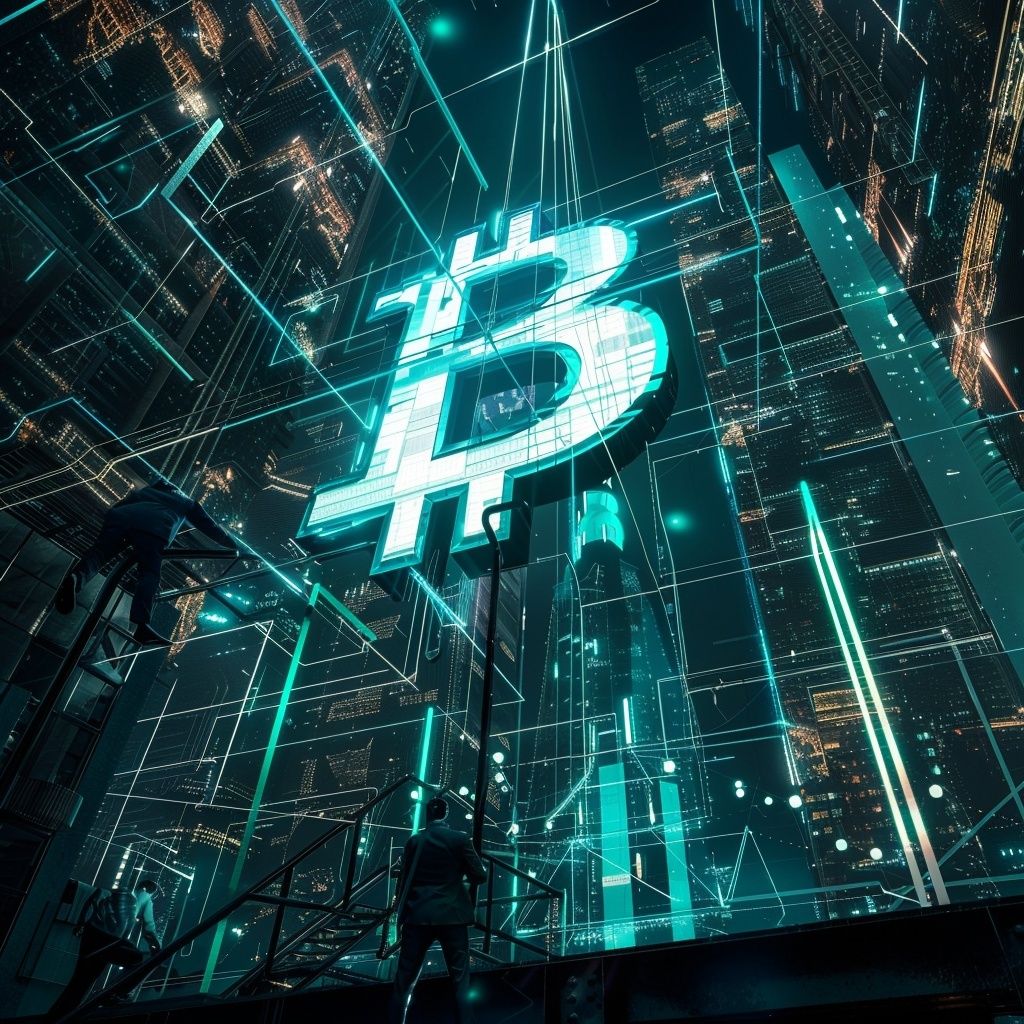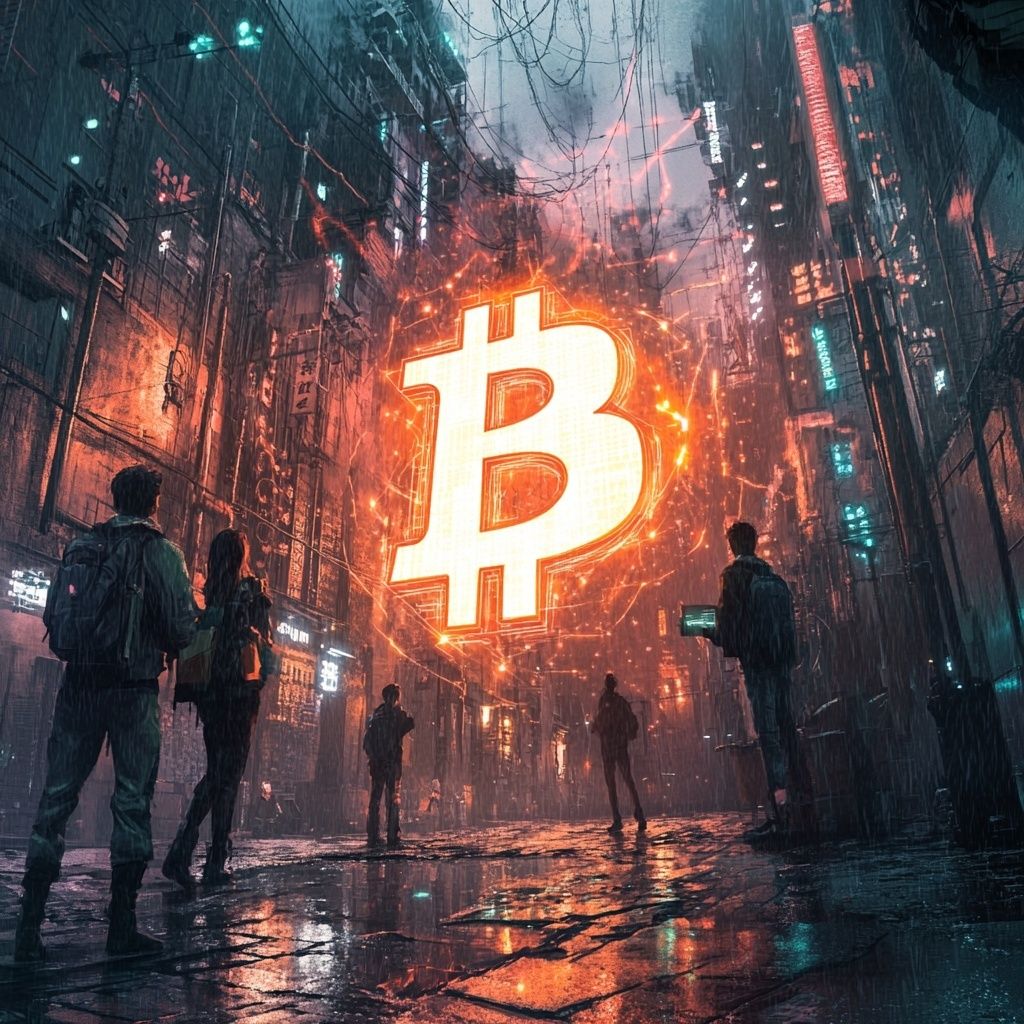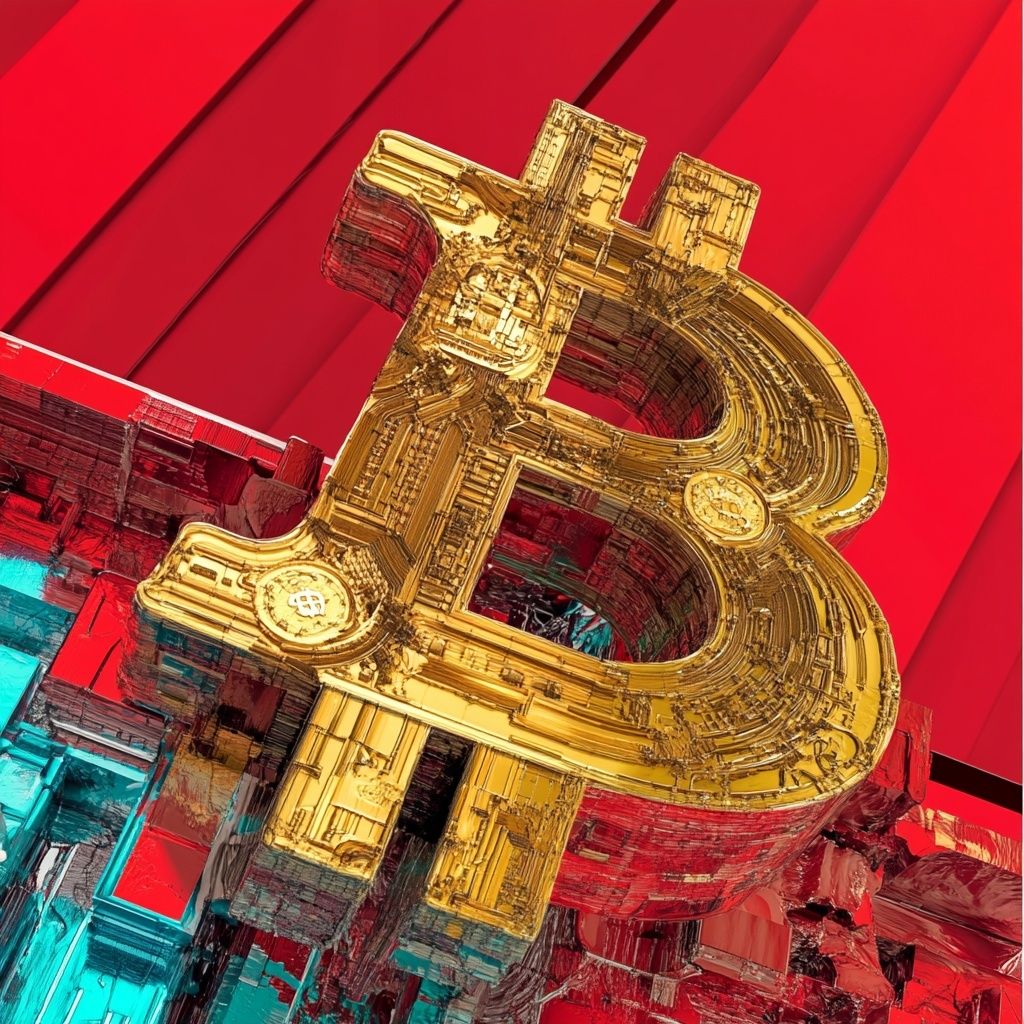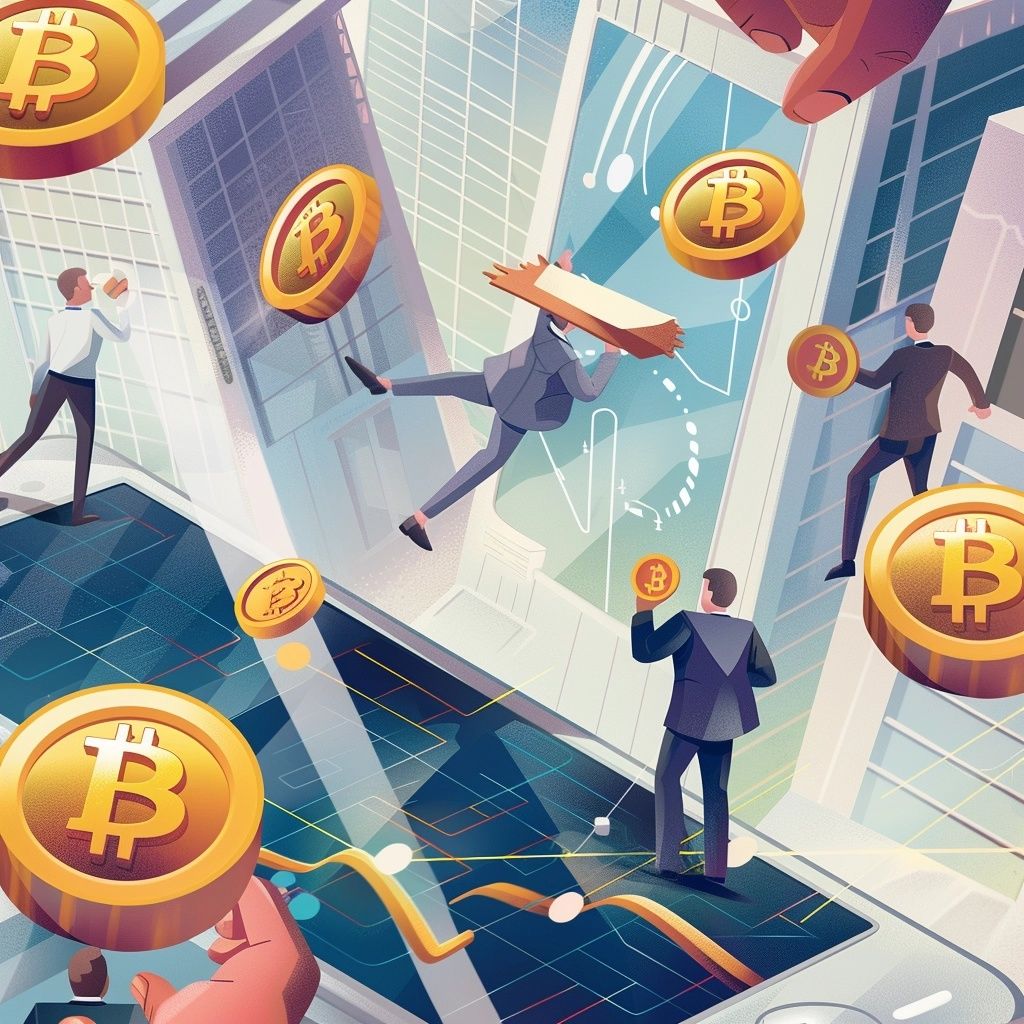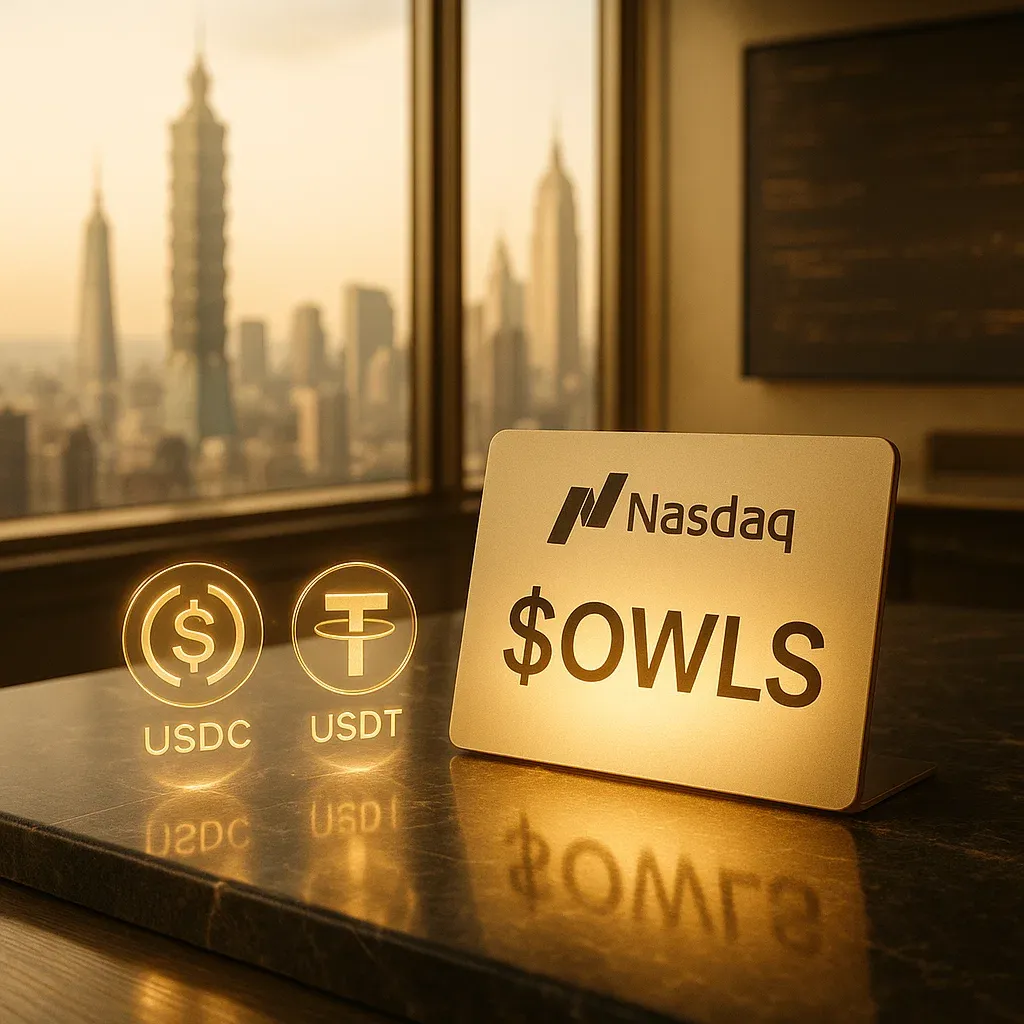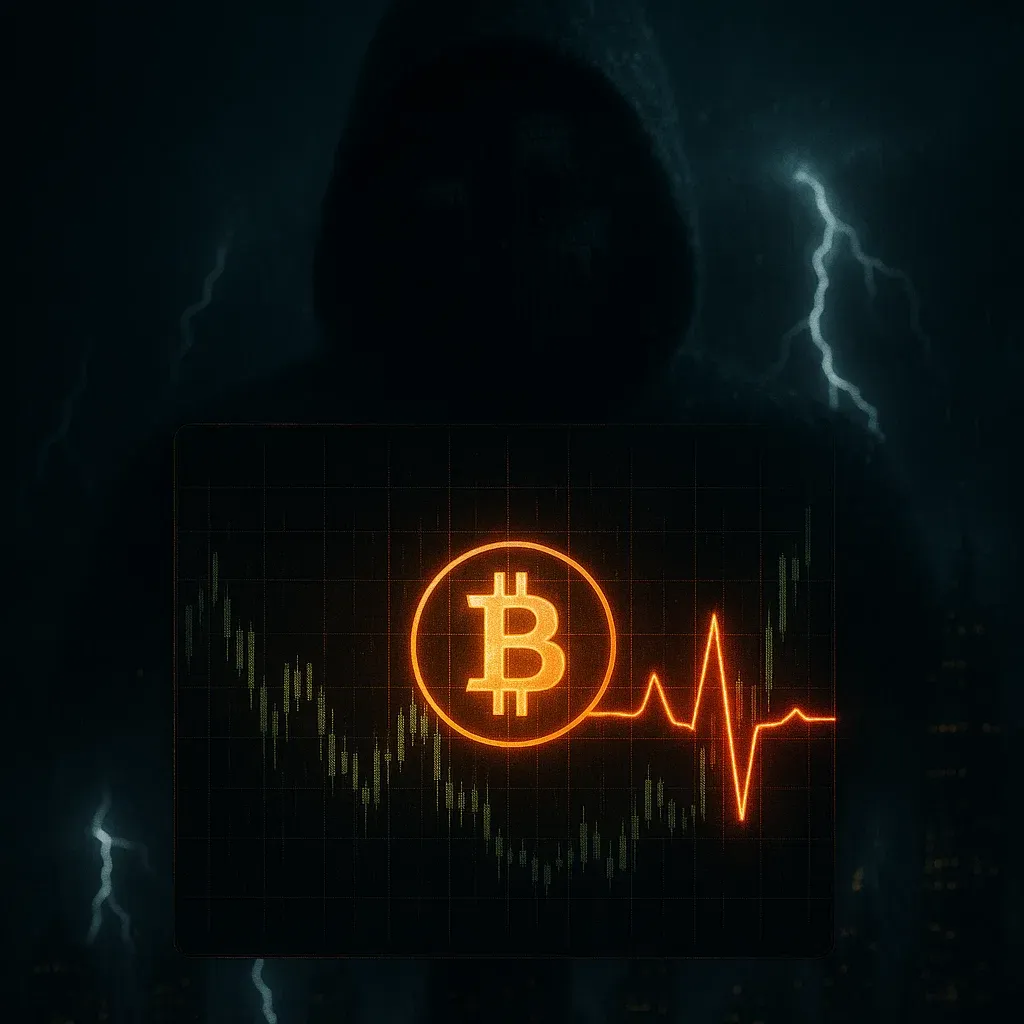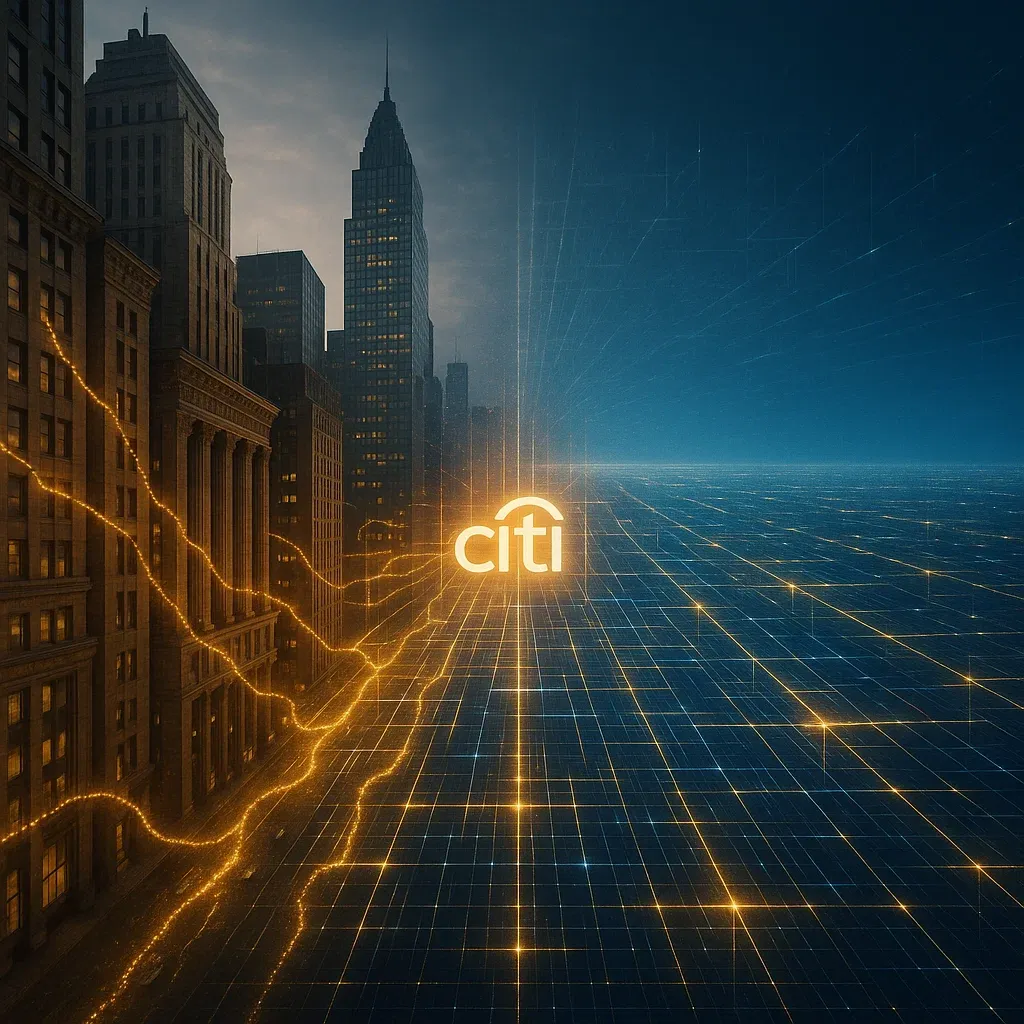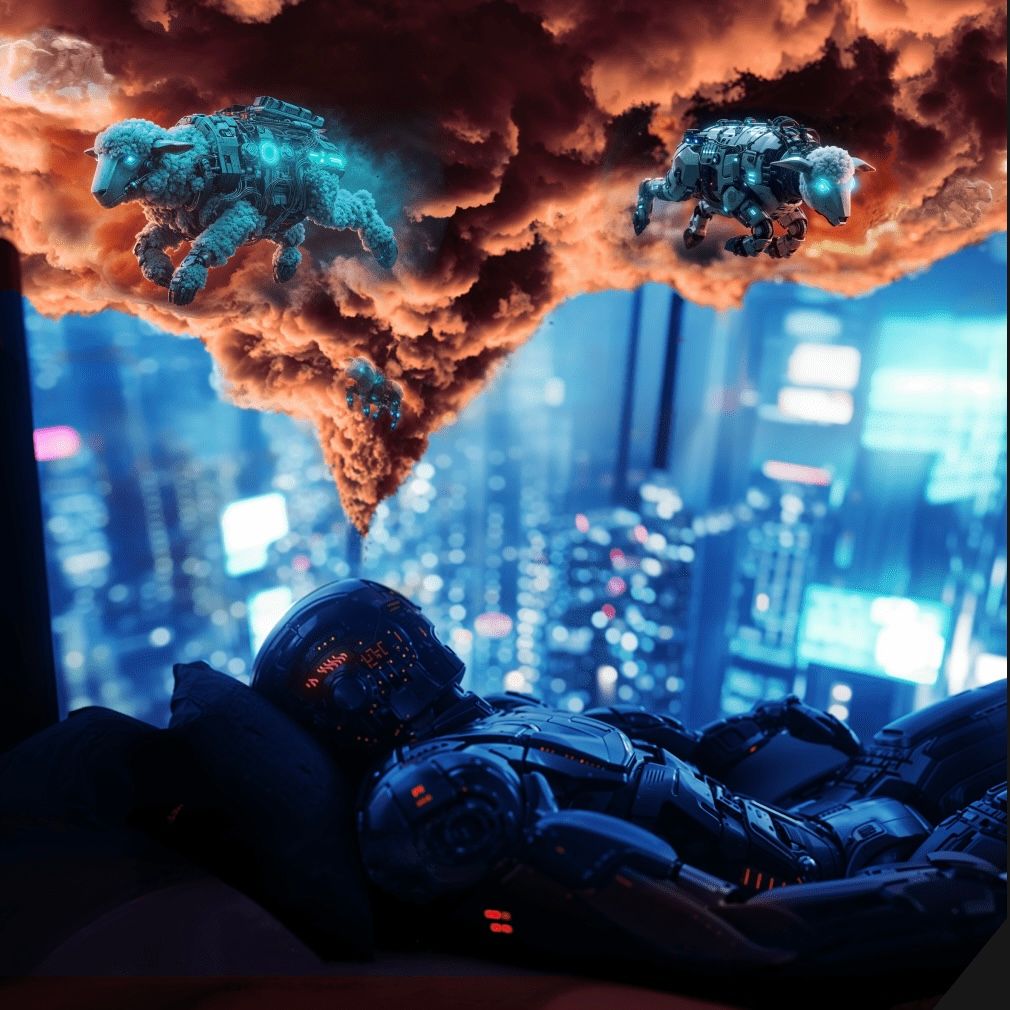Bitcoin Slides 8% as Trump Revives Trade War — $19B Futures Crash Tests Crypto’s Maturity
Crypto Crash Deepens as Trump Reignites Trade War — Institutions Stay Calm Amid $19B Futures Wipeout
Bitcoin plunged 8% this week as the renewed U.S.–China trade war and a $19 billion futures deleveraging event sent shockwaves through the market. But unlike past panics, institutional players held firm — signaling a maturing crypto ecosystem that’s learning to absorb external shocks.
⚡ Quick Hits
- 💥 Bitcoin: ~$27,400 (–8% weekly)
- 🐶 Dogecoin: $0.196 (sharp decline)
- 💣 Futures deleveraging: $19 billion liquidated
- 😨 Investor sentiment: Fear rising on the Fear & Greed Index
- 🏦 Institutions: Largely stable amid retail panic
🌎 Trade War Sparks Crypto Volatility
The trigger came straight from Washington. President Donald Trump reignited trade tensions with China, confirming new tariffs and doubling down on protectionist rhetoric.
“We’re in one now. If we didn’t have tariffs, we would have no defense,” Trump declared.
The announcement rattled global markets, pushing investors out of risk assets and sending Bitcoin down 8% in a matter of hours. The Fear & Greed Index swung decisively toward fear, reflecting renewed anxiety across both traditional and digital markets.
But geopolitical pressure wasn’t the only culprit.
💥 $19B Futures Deleveraging: A System Shock
According to Glassnode, a $19 billion futures deleveraging event compounded the chaos, wiping out overleveraged traders and triggering a chain reaction of liquidations.
The fallout was swift:
- ETF inflows shrank as investors paused allocations.
- Institutional trading volumes declined, especially in short-term positions.
- Retail traders faced the bulk of losses, exiting risk amid cascading liquidations.
“The market remains in a reset phase, awaiting renewed demand to confirm recovery,” Glassnode analysts said.
The episode revealed familiar weaknesses — high leverage, reflexive selling, and liquidity stress — but it also highlighted something new: structural resilience.
🧱 Institutional Calm Amid Chaos
Despite the carnage, institutions barely flinched.
Bitwise CIO Matt Hougan noted that professional investors and major funds stayed largely insulated from the liquidation wave.
“It appears that the damage was contained to individual investors. That’s one of the reasons crypto rebounded so quickly,” Hougan explained.
Decentralized platforms continued running smoothly, while centralized exchanges — often blamed for system failures in past crashes — reported only minor disruptions.
This stability marks a milestone: crypto’s backbone is stronger than its sentiment.
🧩 The Maturing Market Phase
The current downturn reflects both external macro shocks and internal market maturation.
- Extreme price swings remain a signature of crypto markets.
- Institutional infrastructure and risk frameworks are now holding firm.
- The ecosystem shows capacity for recovery, even after rapid deleveraging.
Rather than chaos, analysts see a defensive consolidation phase emerging — a pause where liquidity resets, participants de-risk, and fundamentals quietly strengthen.
🔭 What Comes Next
Market participants are watching three main indicators for stabilization:
- Geopolitical headlines: Any escalation or easing in the trade conflict will set the tone.
- Liquidity metrics: ETF inflows, stablecoin supply, and open interest will show whether confidence is returning.
- Macro cues: Traders await clarity from the Federal Reserve and global central banks on rate cuts or policy adjustments.
Until then, the market remains cautious — but not broken.
“Each crash looks the same emotionally, but structurally, we’re getting stronger,” said one institutional trader.
TL;DR
- 📉 Bitcoin drops 8% to ~$27,400 amid Trump’s tariff escalation and $19B futures wipeout.
- 💣 Glassnode data shows widespread liquidations but stable institutional infrastructure.
- 🧱 Bitwise reports minimal institutional damage — a sign of market maturity.
- 🧭 Crypto enters a defensive consolidation phase as fear dominates sentiment.
- 🌐 Traders watch trade headlines, liquidity inflows, and Fed policy for next moves.

Recent News
All Time High • Live
Have questions or want to collaborate? Reach us at: info@ath.live
